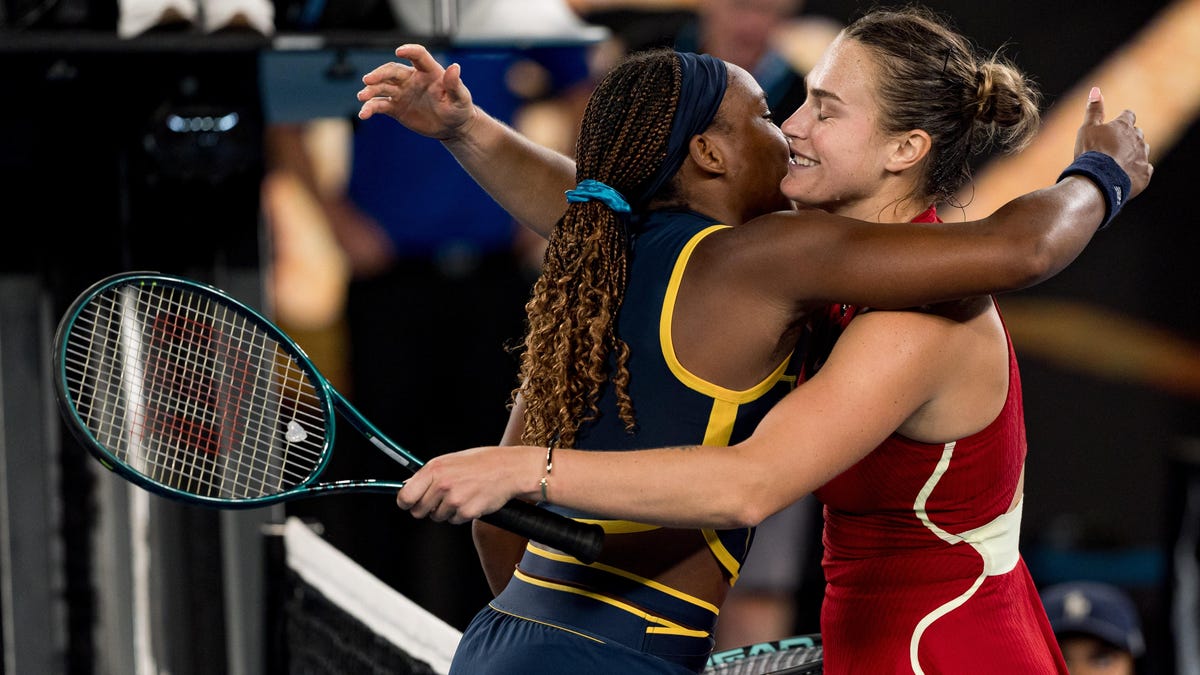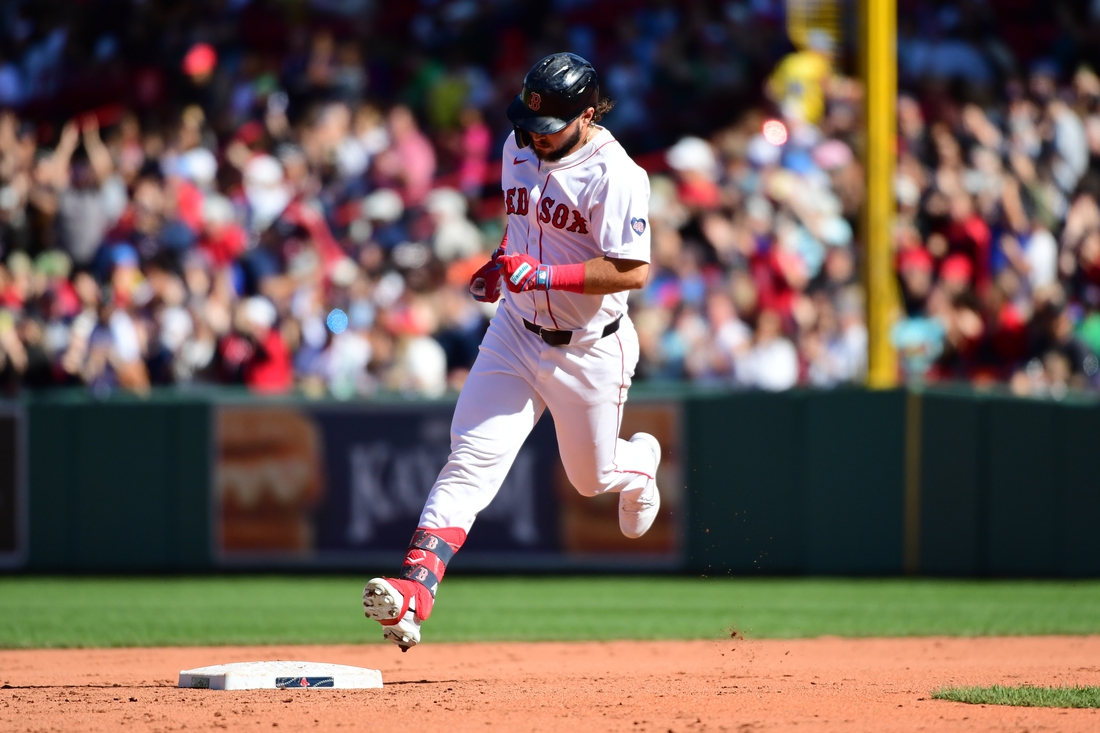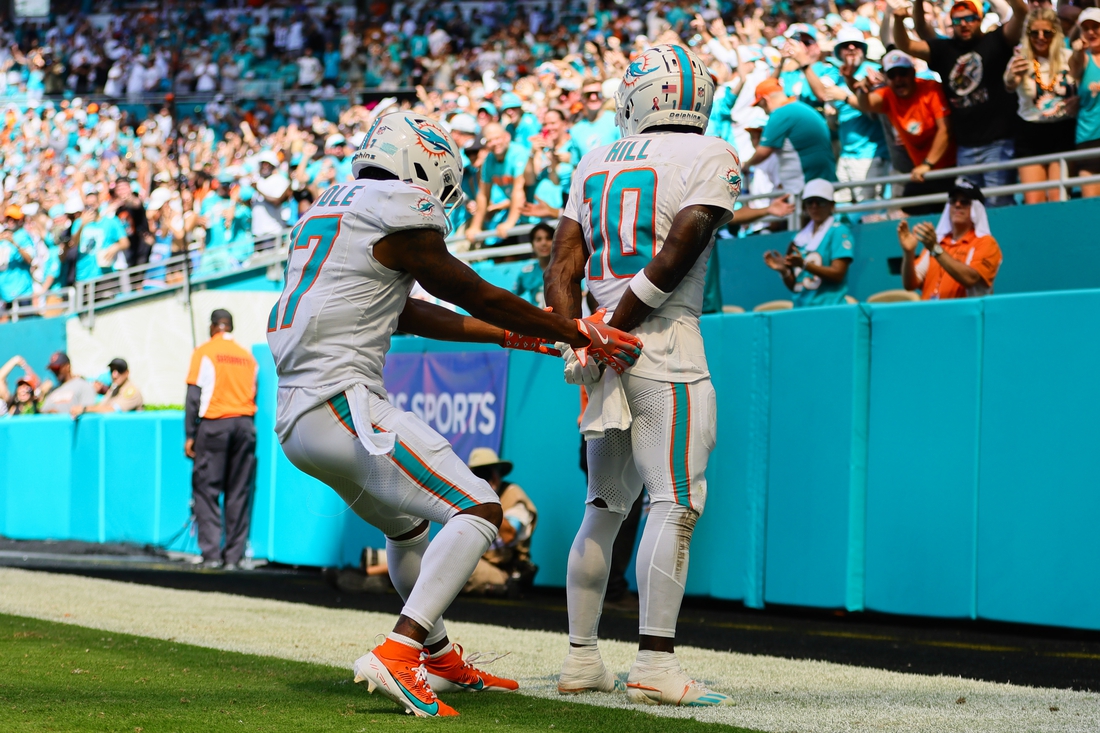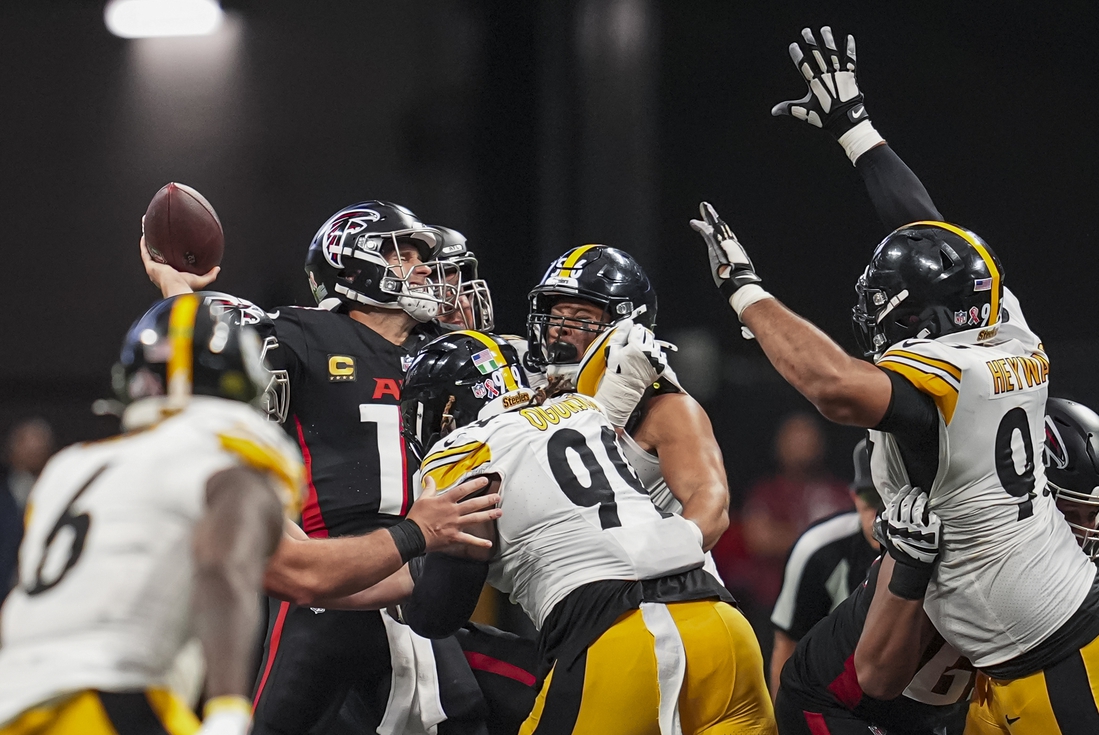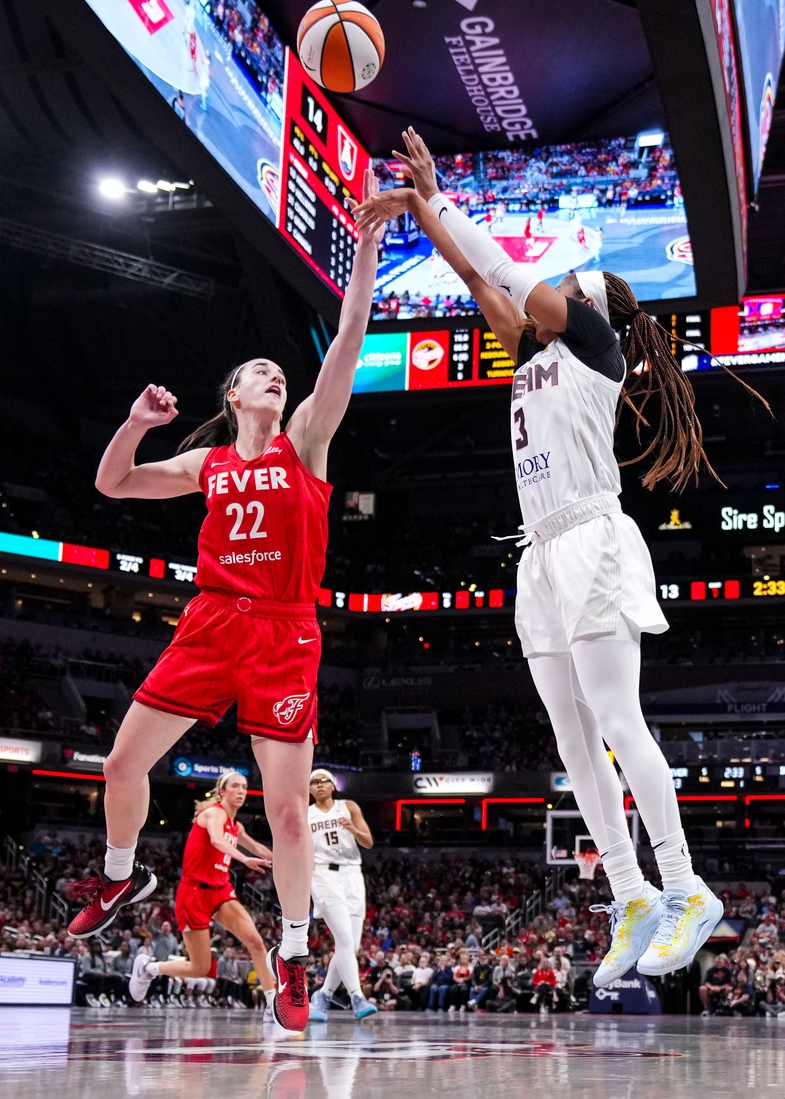Women’s tennis hasn’t had a great rivalry in some time. The tour was dominated by Serena Williams for so long and no one could have managed to look her in the eye for very long. The closest was her sister Venus, yet matches between the two regularly and mostly were hard on the eyes, because both seemed so miserable at the very thought of beating their sister. They had a couple great matches, but not enough to create a catalog that the sport could hinge on. If only Naomi Osaka had come around closer to Serena’s peak rather than her denouement.
Few players have remained around the top of the game for long enough since Williams to find a regular dance partner in important matches. But Coco Gauff and Aryna Sabalenka might just be that pair, after they faced off at the business end of a second straight slam. This time, Sabalenka took the Aussie Open semifinal, 7-6, 6-4, but it was hardly some straight-set romp, if not the US Open Final classic they put together last September.
Gauff and Sabalenka have everything required to create something on the WTA Tour that fans constantly crave.
1. Styles make fights
A good tennis rivalry, like any other sports, needs a yin and yang to it. Federer-Nadal worked because their style of play was so different, with Federer feeling like a classical piano piece to Nadal’s grindcore. Federer was elegant, Nadal forceful. While Nadal-Djokovic will probably be recorded as the game’s best rivalry (on the men’s side) simply due to the sheer number of big matches they’ve played (59!), the appeal is the level they bring each other, too, because they kind of do the same thing. And it can wear on any fan watching the two bludgeon each other for every point for four or five hours.
Gauff and Sabalenka are varied from each other. Sabalenka is pure power with improving movement, a huge serve and big groundstrokes that can end a point at any juncture if given position and time. While Gauff’s serve has come a long way and she’s ending more points early, her greatest strength is still her ability and will to chase everything down and play great defense. There’s a push and pull.
2. A slight level of annoyance
It doesn’t have to be personal, although that doesn’t hurt. But watching Sabalenka in her last two encounters with Gauff, you can definitely sense the stress and frustration that shots that would normally be winners against just about anyone else keep coming back to her. Gauff forces Sabalenka to hit two or three winners to win one point on a lot of occasions. Which forces Sabalenka to red line it even more, get closer to the lines, and eventually into errors. Sabalenka merely going 11-for-20 at the net on Thursday was a sign of the pressure Gauff exerts on her that increases with every duffed volley. Irritation only aids a rivalry.
3. Frequency
These two feel like they’re going to be doing this a lot in the coming years. Sabalenka has been around the end of the last five Grand Slams, winning last year’s Australian Open, a semifinalist at both Roland Garros and Wimbledon, and the finalist in New York to go with this year’s final in Melbourne. Gauff has made her second-straight Grand Slam semifinal and both are now ranked in the top five. World No. 1 Iga Swiatek still has more majors than both of them combined, but she also can occasionally be blown off the court by big power. Elena Rybankina has the same power as Sabalenka, but goes off the boil more often. If Sabalenka and Gauff are both playing at near their peaks, their paths are likely to run into each other pretty often.



